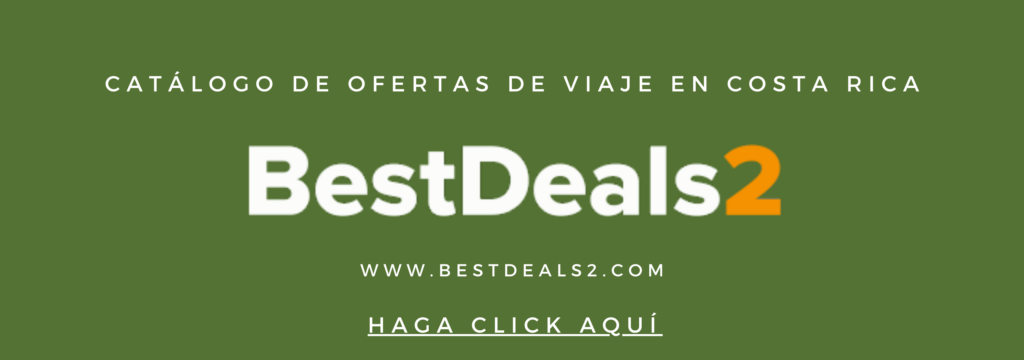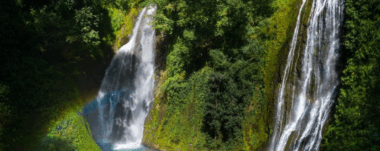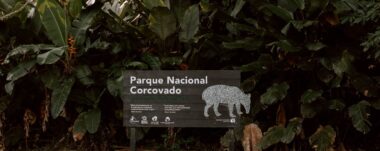Cano Island: a Natural and Archaeological Treasure in Costa Rica
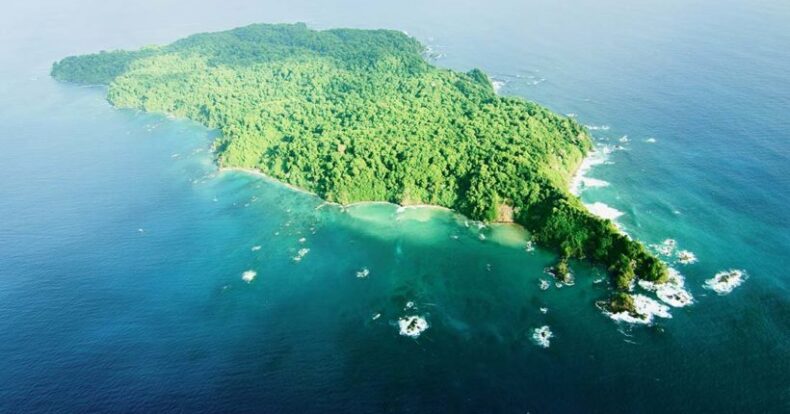
The Cano Island Biological Reserve is a truly unique place in this country. With an approximately triangular shape of 3 km long by two km wide, it consists of 320 hectares of land and 5,800 hectares of sea. This natural treasure is home to one of the largest and best preserved coral reefs on the Pacific coast of Costa Rica.
Cano Island Biological Reserve.
In the reserve’s terrestrial zone, there are remains of stone spheres created by ancient indigenous civilizations.
The Cano Island was used by several human groups. It is suggested that between 700 and 1500 B.C. was used as a cemetery by Chiriquis societies, or as a permanent residence by the Quepos or Bruncas.
MINAE and SINAC 1999
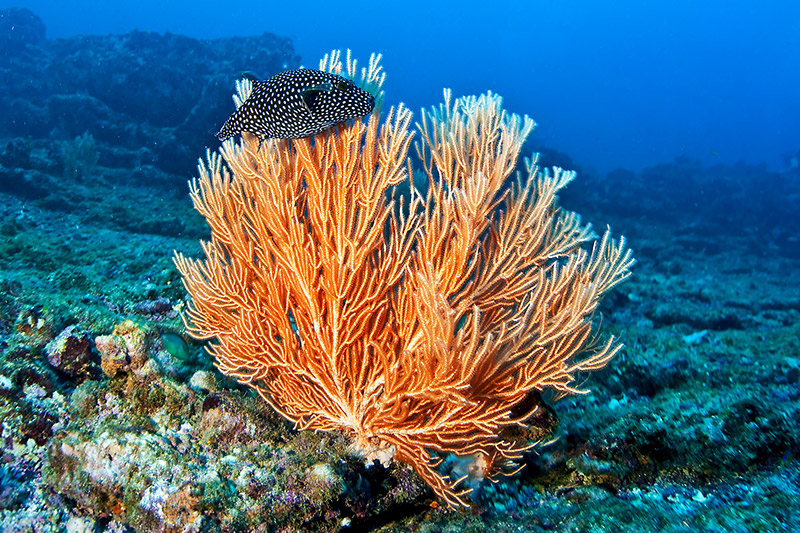
There are permanent streams running through the island, which is a densely forested rocky plateau about 100 meters above sea level. Its sand and stone beaches are devoid of mangroves. On the upper zone there is a humid tropical forest, and there are also areas with secondary forests of different ages due to banana exploitation and some cultivated areas.
Natural wealth.
This is an important area for the breeding of humpback whales, so the observation of these majestic cetaceans is optimal in its surroundings. Both the slope and the base of the reef are dominated mainly by lobe coral, the most abundant species on the island. In addition, 11 species of octocorals have been found in the area.
Regarding marine fauna, the island is home to a wide variety of species. Mantas, jacks, tunas, mahi mahi mahi and reef fish are some of the most common species. There are also spotted dolphins and it is a good spot for observing white-tip sharks.
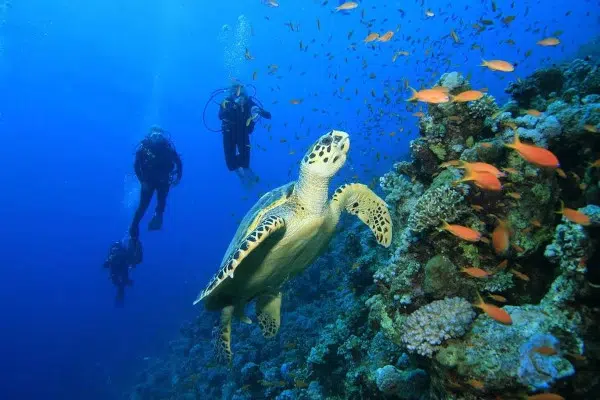
Tourist Offer.
Besides its natural wealth, Caño Island and its surroundings offer various tourist attractions. For example, the Osa Academy of the Arts and Gallery is a space for the exhibition and sale of products and works of art, as well as for the realization of art and craft workshops.
Part of the project “Research and valorization of archaeological sites with pre-Columbian spheres, Diquís Delta, Southeastern Costa Rica”, which is in charge of the National Museum of Costa Rica, the Finca 6 archaeological site allows the exploration of pre-Columbian settlements with stone spheres.
Another place to visit is Trapiche Don Carmen, a family business that offers a cultural tour of the artisanal process of sugar cane candy production, using oxen, and the sale of products such as tapa de dulce, liquid candy and sobao.
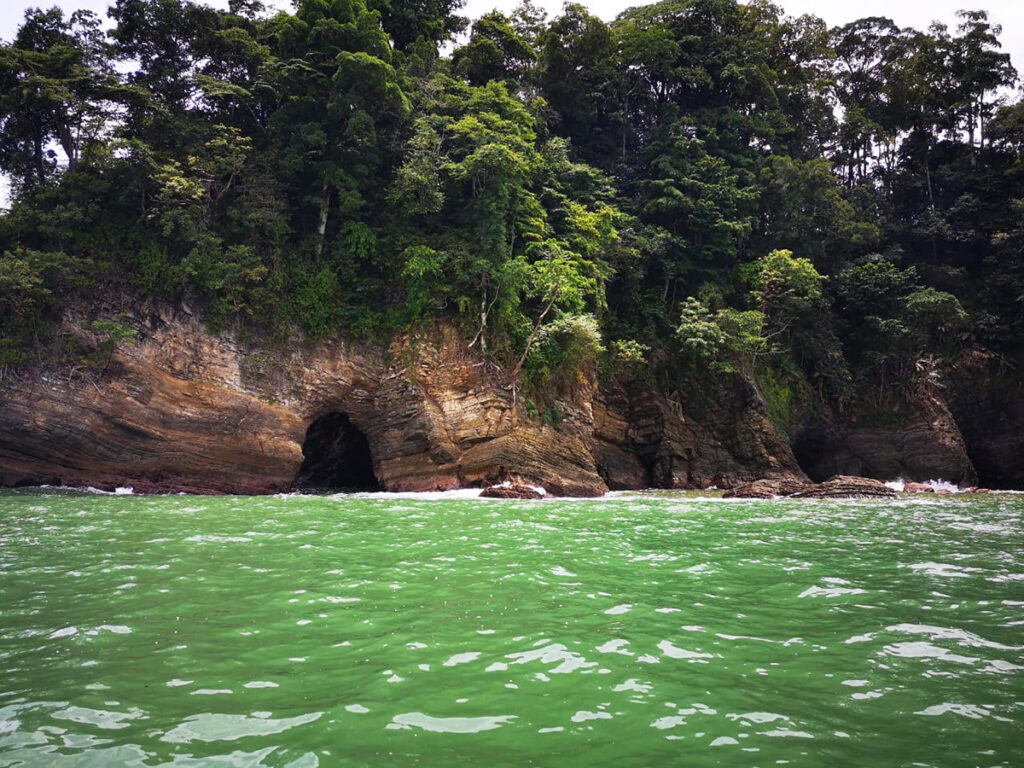
Charming natural destinations.
Located in the Ojochal area, Playa Ventanas is a small but scenically beautiful beach, with caves that can be seen at low tide. The rivers Sierpe and Grande de Terraba offer opportunities to explore wetlands, mangroves and forests, while Laguna de Sierpe is a stunning and little known natural destination.
The Térraba-Sierpe National Wetland is the largest wetland in Costa Rica and is home to a rich biodiversity. Lastly, the Golfo Dulce Forest Reserve, shared with Golfito, is a protected area noted for its basal tropical rainforest and cloud forests, as well as its Chocuaco and Sierpe lagoons.
Sensorial Sunsets
Previous article Reduction of the public education budget: A threat to the Educational Quality in Costa Rica
Navigate articles



